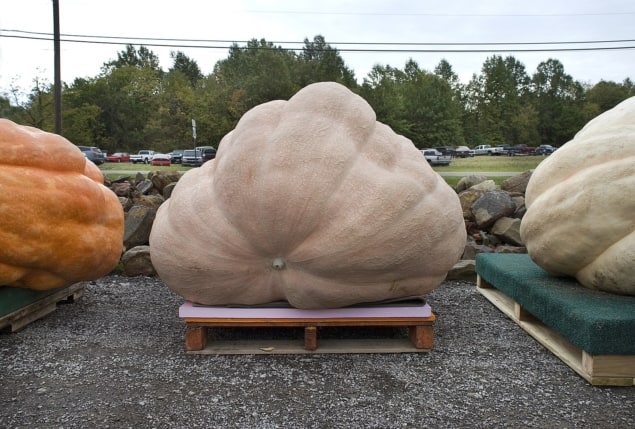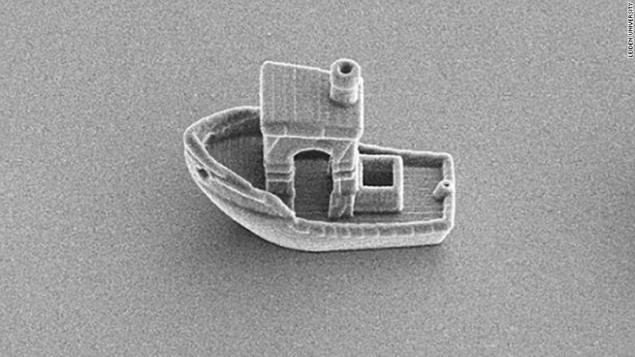
Halloween is tomorrow, so I could not resist reading an article about the physics of giant pumpkins. And these really are giant, the biggest ever tipped the scales at more than 1190 kg. What is more, a pumpkin of that size puts on about 15 kg a day when growing. That is the weight of a two-year-old child every day. Now here is the physics bit – how does the pumpkin plant transport enough food and water through a relatively narrow stem to sustain this growth?
Another question is why are the most humungous squashes squashed? While normal-sized pumpkins tent to be spherical in shape, giant pumpkins tend to flatten-out and have a small upward arch on the bottom (see figure).
Bethany Brookshire has the answers in “Here’s how giant pumpkins get so big”.

Shifting length scales by several orders of magnitude, the physicists Rachel Doherty and Daniela Kraft at Leiden University in the Netherlands and colleagues have created a tiny boat that is just 30 micron long. About one third the thickness of a human hair, the vessel was made using an electron microscope and a high resolution 3D printer.
Kraft and colleagues are primarily interested in studying how tiny objects travel through fluids, with the goal of creating devices that could deliver drugs within the human body. You can read more on CNN: “Scientists used a 3D printer to create the world’s smallest boat”.


